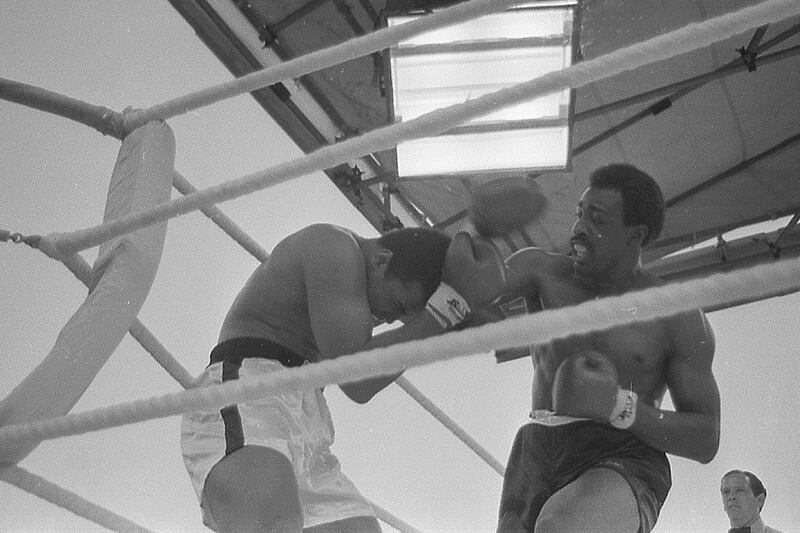Injuries resulting from gun attacks are becoming increasing rare but there has been a significant jump in victims presenting with knife injuries.
The new figures, which were released to The Irish Times by the HSE, are based on admissions to emergency departments and show that gun crime has not returned to previous levels since the reopening of society following the Covid-19 pandemic.
Last year 13 people were admitted to emergency departments with non-fatal wounds as a result of a gun attack. When the pandemic years of 2020 and 2021 are excluded this is the lowest number of intentional gunshot wounds recorded among admissions in about two decades.
In 2019 there were 25 gun attack victims admitted to hospital which was itself a large decrease on the 38 admitted in 2013 and the 59 admitted in 2005.
Smart five-bedroom home in Cabinteely in walk-in condition for €1.05m
Matt Williams: Munster have a sniff as the Champions Cup gets blooming great
The Big Fight by Dave Hannigan: Account of Muhammad Ali in Croke Park a strange time capsule of 1970s Ireland
Sandymount cycle path decision frees council from weeds of lengthy planning process
The number of victims of intentional gun attacks is now regularly exceeded by the number of people who are injured with guns accidentally. Last year 17 people were admitted to emergency rooms having been shot accidentally, either by themselves or another and usually with legally-held firearms.
The drop-off in gun injuries reflect more stable dynamics among organised crime groups since the end of the Hutch-Kinahan feud which resulted in some 20 murders and many gun attacks between 2015 and 2019.
Gangland violence, including gun attacks, still takes place, including among feuding criminals, including in Finglas, Dublin, and Drogheda, Co Louth. But serious attacks involving firearms have become much rarer in recent years.
The Global Peace Index, which takes organised crime violence into account, ranks Ireland as the third most peaceful country in the world, a standing which has improved significantly in the last five years.
On the other hand, the HSE figures show knife attacks are becoming more common. Last year 190 people were admitted to emergency rooms with non-fatal knife injuries, the highest number since 2015 when there were 192 victims seen.
In 2021 a total of 162 victims were admitted. The figures for 2020 and 2019 were 157 and 178 respectively. Despite last year’s increase non-fatal knife attacks are still far below the numbers recorded in the first decade of the 2000s. In 2006 there were 269 such attacks and in 2009 the figure was 252
According to Garda sources, knife attacks are not typically associated with organised crime, particularly at the higher levels. Instead knife attacks are more likely to relate to interpersonal disputes, including domestic violence, robberies and intimidation by low-level criminals.
Concern has been raised in recent years about the large increase in knives being seized by gardaí, particularly from young people. Since 2016 there has been a 90 per cent increase in knife confiscations. Around 2,000 knife seizures are now made annually by gardaí.
The sharpest rise is in the Dublin Metropolitan Region (DMR) where annual seizures have risen from 547 in 2016 to 905 last year. There have also been sharp increases in seizures of weapons in urban areas and some commuter counties, including Galway, Louth, Cork city and Laois-Offaly.
An Garda Síochána has said the increased seizures are not a major cause for concern and relate to better management and recording of exhibits by gardaí and more proactive search operations.













